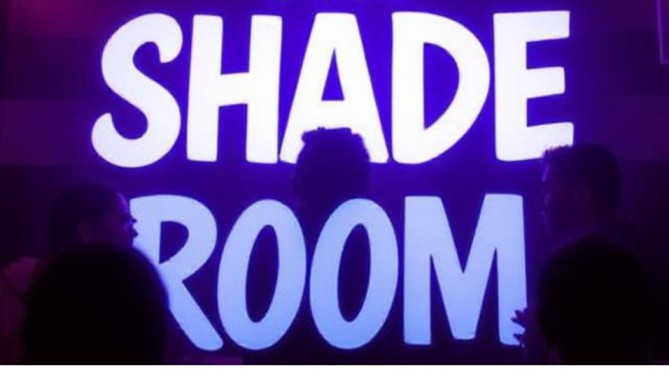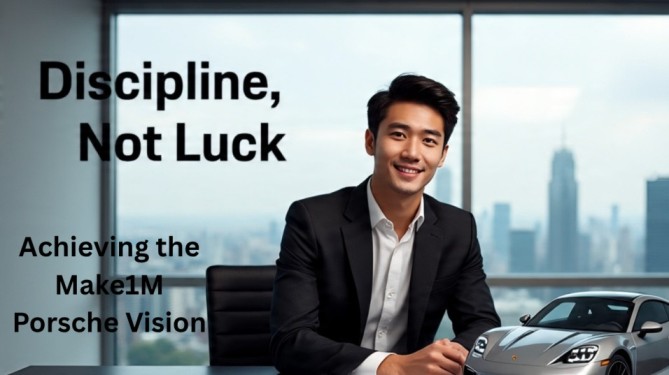In an era where social media dictates the pace of news, celebrity gossip, and public discourse, The Shade Room (TSR) has emerged as one of the most influential platforms in Black media and pop culture. What began as a small Instagram page has grown into a full-fledged digital media empire, redefining the way entertainment and news are consumed in the age of virality.
Founded in 2014 by Angelica “Angie” Nwandu, The Shade Room has become a pioneer in what many now refer to as “social gossip journalism.” With its unique voice, real-time reporting, and strong engagement with followers—affectionately known as “Roommates”—TSR has made its mark as a trusted (and sometimes controversial) source of news, entertainment, and cultural commentary.
Origins: Building a Brand from the Bedroom
The Shade Room was launched when Angie Nwandu, then a young entrepreneur with a background in accounting and a passion for storytelling, began posting celebrity gossip and cultural news directly to Instagram. Without a formal website or newsroom, she used her phone and instinct for viral content to reach audiences hungry for unfiltered entertainment news.
Within months, the account exploded in popularity, drawing hundreds of thousands of followers thanks to its quick reporting, witty captions, and relatable tone. By 2015, TSR had become one of the most followed news accounts on Instagram, and its impact only continued to grow.
The Rise of Social Gossip Journalism
What sets The Shade Room apart from traditional media outlets is its integration of audience participation. In TSR’s world, followers don’t just read the news—they comment, react, and become part of the conversation. This real-time interaction has helped build a strong community where users share opinions, jokes, memes, and even break stories themselves.
This approach, now known as “social gossip journalism,” has influenced how other platforms deliver content. By combining memes, breaking news, and social commentary, TSR created a blueprint for engaging a digital audience in the 21st century.
A Platform Rooted in Black Culture
While many mainstream media outlets often overlook Black celebrities or misrepresent stories involving communities of color, TSR centers Black voices and narratives. The platform is unapologetically Black, celebrating Black success, creativity, and excellence while also holding public figures accountable for their actions.
In addition to celebrity gossip, TSR frequently highlights social justice movements, political issues, and cultural trends within the Black community. This balance between entertainment and empowerment has helped the platform stand out and resonate deeply with its audience.
Expanding Beyond Gossip
Though originally known for its gossip coverage, The Shade Room has matured into a more multifaceted platform. Today, it covers a wide range of topics—from politics to mental health, from community success stories to spiritual content.
This evolution shows that TSR is not just interested in scandal; it’s also invested in informing and inspiring its community. As Angie Nwandu once said in an interview, “We wanted to move beyond the gossip and show our audience that there’s more to our culture than just entertainment headlines.”
Challenges and Controversies
Despite its success, The Shade Room has not been free of criticism. The platform has faced accusations of promoting toxic narratives, spreading misinformation, and enabling cyberbullying through its comment sections. Celebrities like Cardi B and others have publicly clashed with TSR, accusing it of negative coverage or biased reporting.
In response, the company has taken steps to moderate comments more actively and focus on responsible reporting. Angie Nwandu has acknowledged these criticisms and expressed a commitment to building a more ethical and transparent media brand.
The Business of The Shade Room
TSR’s business model is just as impressive as its content strategy. Without major backing from traditional media investors, The Shade Room has remained independently owned while generating significant revenue through advertising, brand deals, and merchandise.
Reports have shown that the company maintains high profit margins—thanks in part to its lean team and direct-to-consumer engagement. It also owns all of its content, something many influencers and media startups struggle to manage.



